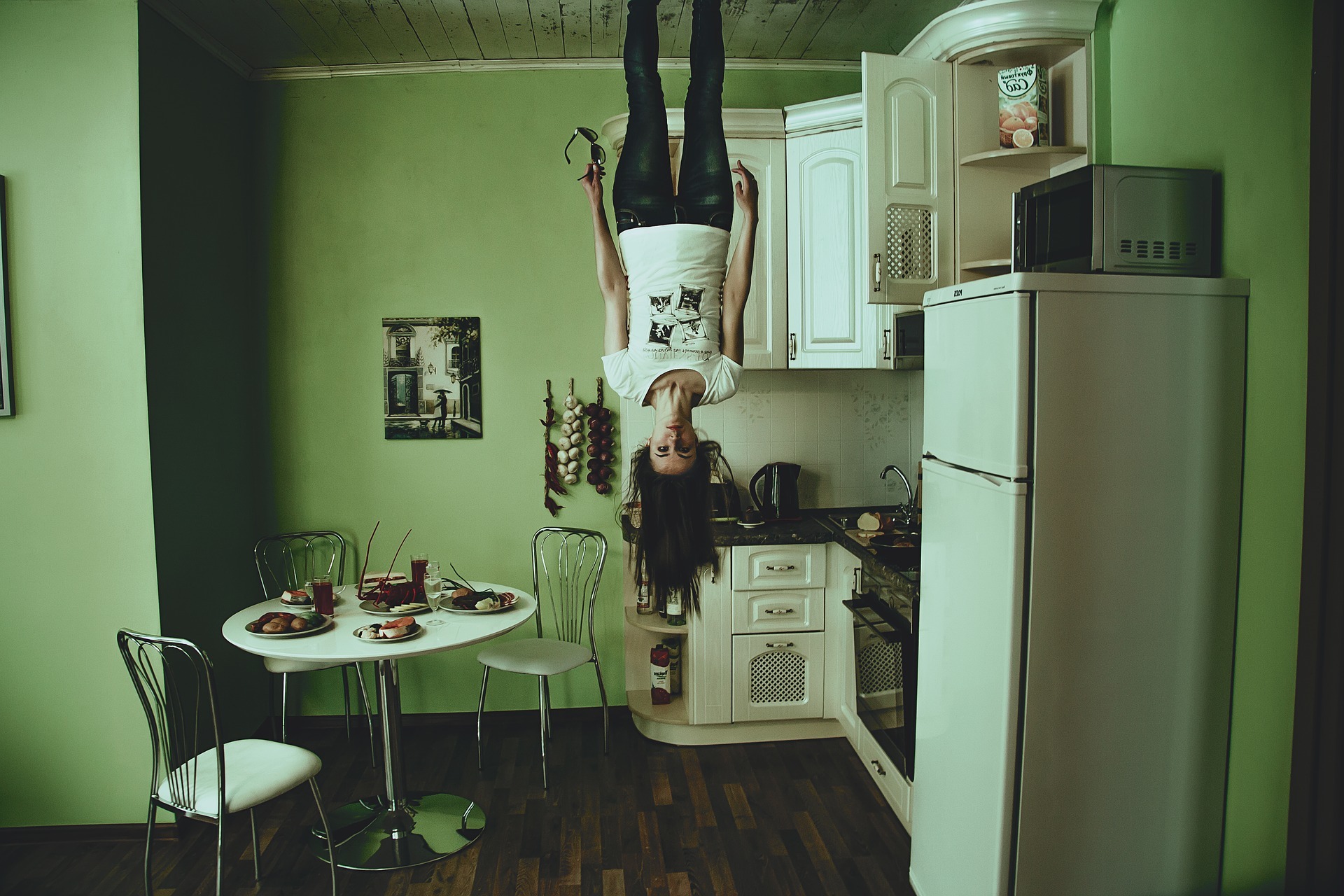Try Psychoenvironmental Design for More Productive Living

“Home is where one starts from.”
— T.S. Eliot
Are you one of the many people who made — but didn’t keep — a New Year’s resolution last year? Psychoenvironmental design can help.
Maybe your resolution was to eat healthier, exercise more or read a book every month. How’s that been going for you? Don’t worry — if you fell off the wagon, you’re not alone. It’s widely reported that only about 8% of resolutions stick. And when we fall short of reaching our goals, we often lay the blame squarely at our own feet, chastising ourselves for a pathetic lack of willpower and self-discipline. But while holding ourselves accountable for our actions (or inactions) might feel like being responsible, it can also lead to minimizing another potential contributing factor that — if appropriately recognized and addressed — could greatly increase your chance of a more success outcome.
What if in addition to looking solely within for the source of our perceived shortcomings, you also consider how your immediate environment might be impacting your behavior. And although this might fly in the face of popular self-psychology theories, environmental effects on human behavior are widely recognized and documented and lie at the core of behavioral psychology, one of the five major perspectives in the field of psychology. The other four are: psychodynamic, cognitive, behavioral and humanistic. Behaviorism, however, is often one of the least favored schools of thought possibly because its principles apply equally to all sorts of animals from mice to primates to people — and some don’t like to consider any viewpoint that doesn’t set humankind apart as different and special. After all, we can’t be that similar to a rat running a maze, right?
Well … grab your cheese and hold on a minute, because it’s not quite that simple …
Never underestimate the notion that we’re all going to be much more likely to do things that are easier, more convenient and more pleasurable — and less inclined to do things that are harder and less enjoyable. So, if you want to make some changes in your behavior or habits, you may want to take a closer look at your immediate surroundings and consider how you might be able to alter them to help support your goals. Everything from light, color, and the selection and placement of objects in a room can all eitehr encourage or discourage behavior — and even affect our physiology and mood.
Generally, try to make the objects that facilitate goal achievement:
- Convenient to access.
- More visible.
- More attractive or fun to interact with.
We call using principles such as these to help influence and direct behavior Psychoenvironmental Design. And, here are a few ways you might use these principles to support creating healthier eating habits and weight loss.
Healthy food placement. Start by taking a page from the major grocery chains’ playbook and use food placement to influence behavior. But in this case (in contrast with supermarkets), more prominently display the healthy food choices. For instance, keep fresh fruits and vegetables front and center in the fridge or on the counter, while you tuck the cookies away in the back of your pantry or out of reach in your upper cabinets.
Easy eating. Prewash and cut produce to make fruits and veggies more easily accessible without the need to take any extra steps before eating. Keep a pre-washed apple on your desk for a convenient snack instead of wandering into the kitchen to see what “looks good.”
Attractive presentation. You could splurge on fancy bottled water decanted in a beautiful glass or a favorite cup to help break a persistent soda habit. Notice how restaurants present salads, fruits and vegetables to inspire you. Adding a drizzle of balsamic glaze on a serving of steamed vegetables or poached fruit can make these healthy eating options seem a lot more appealing, and even more satisfying — especially when it’s served on the “good” dishes.
Plate hack. Consider the size and color of your plates. According to the Delboeuf illusion, smaller plates will lead to smaller portions, and research suggests that by contrasting the color of your plates with the color of your food, you may also tend toward smaller servings. So, just switching out your dinner plates for lunch plates for all meals could, in and of itself, help you eat less.
Clutter and self-control. According to a 2016 study published in Environment and Behavior, we’re likely to eat greater quantities of unhealthy foods in a cluttered environment — particularly when we’re already feeling out of control. If this finding holds true, paring down countertop clutter and kitchen knickknacks may actually help us consume less junk food. Subjects in the experiment also consumed fewer calories from unhealthy foods when they were directed to recall a memory of a time they felt in control. Spending a moment remembering a time you felt comfortable and in control before you eat may actually help you eat healthier.
Try Psychoenvironmental Design
These are just a few of the types of techniques you can try out to foster greater alignment between your behavior and your goals. Evaluate each room in your home, looking beyond the decor to consider how its current state might support — or hinder — your goals. One definition of the word design is to “intend for a purpose.” Your home should serve you, and not the other way around. And remember when you’re designing and decorating your home that you’re also probably designing how you’ll act in it, for better or worse.
To read more about how to use Psychoenvironmental Design to achieve your goals, download Branches Productivity for free today.
Help grow this idea.
How have you used design to support achieving your goals? Please share in the comments — your ideas may help someone else.


